In the ever-evolving landscape of leadership, one concept remains profoundly impactful yet often overlooked: reframing. Reframing, or the art of changing the way we perceive and interpret situations, can significantly enhance leadership effectiveness. Drawing from my decade-long experience as a consultant in HR and people management, I have witnessed the transformative power of reframing first-hand. Let’s delve into why reframing is crucial for leaders and how it can be implemented to foster a positive, resilient, and dynamic workplace culture.
Understanding Reframing
Reframing involves shifting our mindset from seeing problems as insurmountable obstacles to viewing them as opportunities for growth and innovation. This concept is not new; psychologists have long discussed its benefits in promoting mental health and well-being. However, its application in leadership can be particularly powerful. By understanding and addressing our own needs and motivations, leaders can more effectively guide their teams towards achieving their fullest potential.
The Power of Perspective
One of my favourite anecdotes involves a situation early in my career. I was working with a startup where conflicts were rampant. Initially, these conflicts were seen as disruptive and negative. However, by encouraging the team to reframe their perspective, we began to see these conflicts as opportunities for constructive dialogue and innovation. This shift in perspective not only resolved the conflicts but also led to a surge in creative problem-solving and collaboration.
This aligns with insights from Action Strategies, which emphasise that reframing can turn a terrifying situation into an exhilarating one. For instance, perceiving a challenging project not as a burden but as a chance to showcase skills and achieve something remarkable can completely change the team’s approach and energy.
Practical Applications of Reframing
Reframing isn’t just a theoretical exercise; it involves practical strategies that leaders can implement to improve team dynamics and outcomes. Here are a few approaches:
- Conflict Resolution: Instead of viewing conflicts as personal attacks, see them as opportunities for open dialogue and understanding different perspectives. This can lead to more robust and innovative solutions.
- Change Management: Resistance to change is natural, but reframing the narrative to highlight the benefits and growth opportunities can help ease the transition. Emphasising adaptability and resilience can turn apprehension into enthusiasm.
- Empathy and Understanding: By acknowledging that there are multiple valid perspectives, leaders can foster a more inclusive and empathetic environment. Asking questions like “Is that true?” or “What else could be true?” can help open up new ways of thinking and understanding.
Tools for Reframing
Reframe Questions Tool is an excellent resource for leaders. This tool prompts leaders to ask questions that shift perspectives and open up new possibilities. Here are some actionable examples:
Scenario: The team is facing a tight deadline with a high-stakes project.
Reframe Question: “What are the potential opportunities in this challenge?”
Actionable Example: Instead of focusing on the stress of the deadline, ask the team to identify skills they can develop or innovative solutions they can implement under pressure. This encourages a growth mindset and turns the situation into a learning experience.
Scenario: A new policy is met with resistance from employees.
Reframe Question: “How can this situation help us grow?”
Actionable Example: Discuss with the team how adapting to the new policy might improve efficiency or enhance job satisfaction in the long run. This helps employees see the benefits and be more open to change.
Scenario: There is a significant disagreement during a meeting.
Reframe Question: “What else could be true about this situation?”
Actionable Example: Encourage team members to consider alternative viewpoints and understand the underlying reasons for the disagreement. This fosters empathy and can lead to a more collaborative resolution.
Embracing Reframing as a Leadership Skill
Reframing is not a one-time fix but a continuous practice. It requires leaders to be self-aware, empathetic, and open to new perspectives. By consistently applying reframing techniques, leaders can create a work environment that is not only more harmonious but also more innovative and resilient.
In conclusion, reframing is an essential skill for modern leaders. It transforms challenges into opportunities, fosters a positive work culture, and drives team effectiveness. As a consultant, I have seen its benefits firsthand and encourage leaders at all levels to embrace this powerful tool. By doing so, they can lead their teams to greater heights and navigate the complexities of today’s workplace with confidence and creativity.

